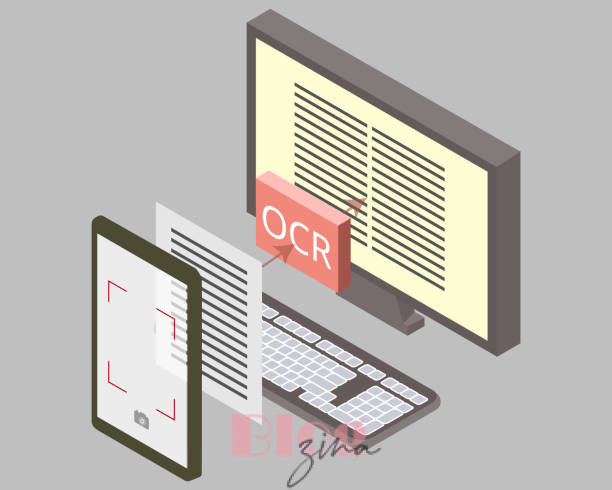
The digital revolution has overwhelmed this era. Organizations are required to use digital means to work more efficiently. Manual storage and collection are now replaced with digital technology. Most of the businesses have moved completely toward digitization. Paperwork is eliminated. Documents are collected online in the form of scanned images and processed in technical ways. Cloud-based storage is now used in place of paper storage. OCR scanning converts scanned images into computerised data to store and process it electronically. It facilitates organizations to use digital means and cope with this era of advanced technologies.
Why Do Businesses Need OCR Compliance?
Most businesses involve receiving information from print media in the form of scanned papers, invoices, and legal records. Some companies use printed contracts as well. Large amounts of paperwork take a lot of time and space to be stored and managed. Information in images cannot be processed in the same way as textual data. Digital OCR overcomes this issue by converting images into text data that can be analyzed and stored in an electronic database.
How Does the OCR System Work?
Optical character recognition (OCR) is used in almost every industry that a physical document into a usable digital one. It involves unique automated processing, However, the processing of OCR technology is divided into the following stages.
1. Image Capture
It is the initial process that begins with scanning, the document image is captured and converted into binary code that a computer or neural network can read. OCR identifies black and white areas and processes black spots as text patterns. After the detection of these black-and-white areas, further processing is carried out in the next stage.
2. Pre-Processing
The pre-processing step is carried out to bring the image as close to perfectly scanned. During this step, the algorithms smooth out the text and eliminate any digital spotting on the image. It also fixes alignment issues that happened when it ran through the scanner for analysis. Various algorithms work to recognize the script of the document and to identify lines or boxes that could interfere with text recognition.
3. Text Recognition
An OCR system differs in the process it uses to recognize text. However, it is broken down into two main types.
- pattern matching
- feature extraction
This kind of text recognition is most effective with common font types, or with fonts that are built into the software’s recognition. It isolates character images and refers to them as glyphs. Then, it resembles them to similar glyphs in storage until it finds a match. It is based on the scale and font of the glyph it’s reading.
4. Feature Extraction
Feature extraction is a more technical phase. OCR breaks down the glyphs into closed loops, line directions, and line intersections. It then compares these components to those which are stored in its memory until they match
5. Post-Processing
After the text recognition, the matched and extracted data is converted into an accessible file, typically a PDF. It also gives the user a choice of the file format they would like to use such as Word.
Types of Optical Character Recognition
Companies use optical character recognition to enhance their work as it is automated and hassle-free. Some commonly used OCR technologies are the following.
- Simple Optical Character Recognition
This type of OCR device executes processing by matching patterns. It primarily stores font and text images as templates to compare to the text on the document scanned. The matching algorithm runs across the text and deciphers each character to create the larger picture. It is highly effective as it detects fonts and handwriting to identify variations.
- Intelligent Character Recognition Intelligent
OCR is a more advanced version, it uses neural networks and machine learning to mimic the human reading process. It can run over the scanned document numerous times, analyzing the characters in the texts to the granular level of curves, lines, loops, breaks, and intersections. Afterward, it constructs the digital document based on the analysis.
- Intelligent Word Recognition
Intelligent word recognition OCR parses entire words at a time, rather than each character.
It identifies any logos, watermarks, images, or text signs on the document. This type of OCR scanning is particularly useful in analyzing any document that contains detailed drawings, images, graphs, or anything that isn’t standard text.
Final Words
OCR Screening is a digital solution to facilitate organizations with electronic databases. Companies use various kinds of OCR scanners for the conversion of scanned images into computerized textual form. OCR processes printed images and stores them in electronic form. It is an advanced technology-based process that allows organizations to cope with this era of digitization. It is efficient in terms of both cost and work as it reduces human efforts and works with AI and ML algorithms.


